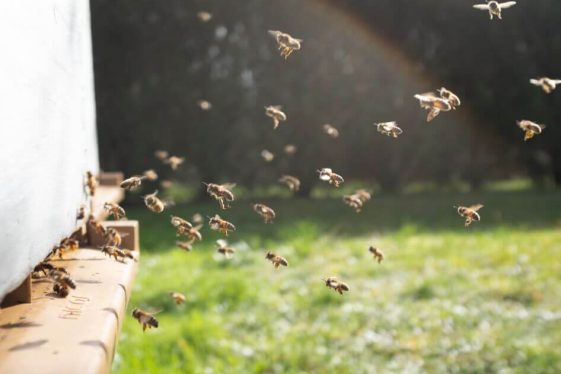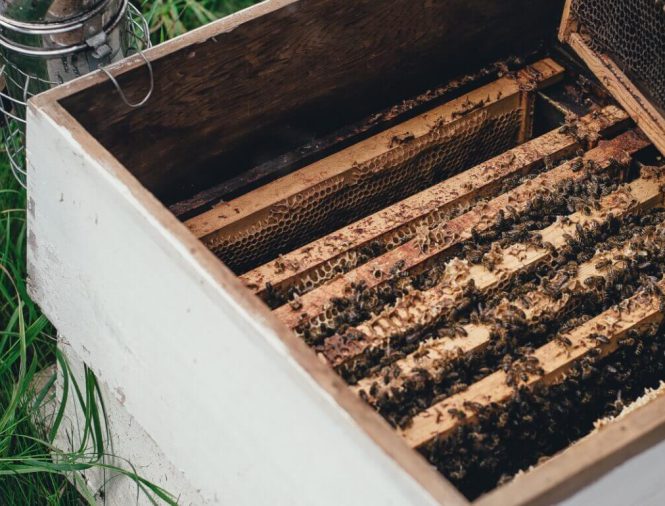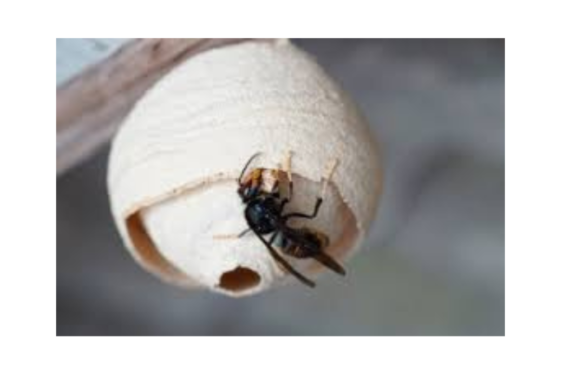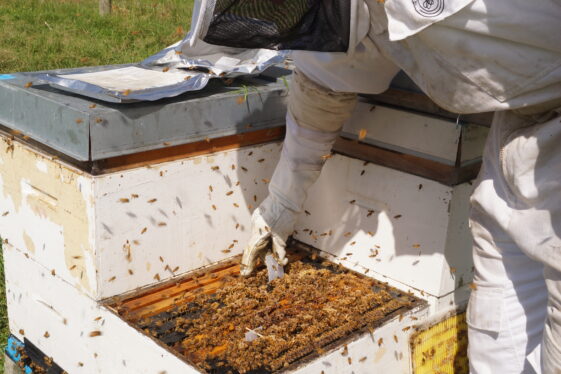The basics about beeswax
What is beeswax and how is it made?
Beeswax is a natural wax produced by honeybees from glands on their abdomens. It is used by bees to construct honeycomb cells where they store honey, pollen, and house their larvae. Bees secrete beeswax from eight wax-producing glands on the underside of their abdomen. The wax is initially colourless and soft, but bees chew and manipulate it in their mouths to shape it into honeycomb cells.
What are the different types of beeswax?
White Beeswax: Original form of beeswax before staining, or later bleached or filtered to remove impurities.
Yellow Beeswax: Natural and unprocessed, stained by pollen and propolis gathered by the bees, colour will vary depending on the type of nectar source that the bees are gathering.
Beeswax Absolute: Solvent-extracted, often used in perfumery.
What are the main uses of beeswax?
Beeswax is used in a variety of industries, including:
Cosmetics: Lip balms, creams, and lotions.
Candlemaking: Natural, slow-burning candles.
Pharmaceuticals: Pills and coatings.
Food: As a coating for cheese and a component of food wraps.
Polishes: For wood and leather.
How is the beeswax by-product produced?
Beeswax is produced as a by-product of producing bulk honey from managed beehives in apiaries. The beekeepers harvest the full combs of honey from the beehives and take them back to their processing facility (commonly called the honey house). Here the beeswax cappings that the bees have sealed the full cells of honey with, are removed using an uncapping machine. This exposes the honey ready for extraction from the comb by use of a centrifugal extractor. The resulting raw cappings are separated from the honey and are then melted and cast into blocks, usually by the beekeeper. For every 1000 kgs of bulk honey produced, there is approx 18 kgs of crude cappings beeswax produced as a by-product.
What’s the composition of beeswax?
Beeswax is a complex substance consisting of monoesters, hydrocarbons, diesters, free acids, hydroxy polyesters, hydroxy honoesters, triesters, acid polyesters, acid esters, free alcohols and other unidentified components.
Does beeswax have a use by date?
Pure beeswax whether in blocks or comb foundations, has an almost indefinite shelf life if stored in cool dry conditions. Samples which are thousands of years old have been tested and found to have almost identical properties to freshly produced beeswax. It is not attacked by insects or wax moths – wax moths only attack beeswax containing impurities.
What is beeswax bloom?
Beeswax bloom is a powdery appearance which naturally forms on the surface most beeswax after a period of time. The time it takes to appear depends on the storage conditions. If stored above 15ºC, bloom will take some months to appear if at all. Bloom can be removed by warming the beeswax. Bloom has no detrimental effect on the beeswax. Comb foundations which have bloom on their surface are readily accepted by the bees with no effects.
What are the benefits of using beeswax in skincare?
Beeswax is beneficial in skincare products due to its moisturising properties, ability to create a protective barrier on the skin, antibacterial qualities, and vitamin A content, which supports skin health and rejuvenation.
Is beeswax environmentally friendly?
Beeswax is a natural, biodegradable, and renewable resource. It is considered eco-friendly since it is produced by bees without industrial processes and can be composted or safely decomposed.
Can you eat beeswax?
While beeswax is non-toxic and edible, it isn’t easily digestible by humans. It is safe in small quantities and is often used as a food-grade coating or in certain confections.









